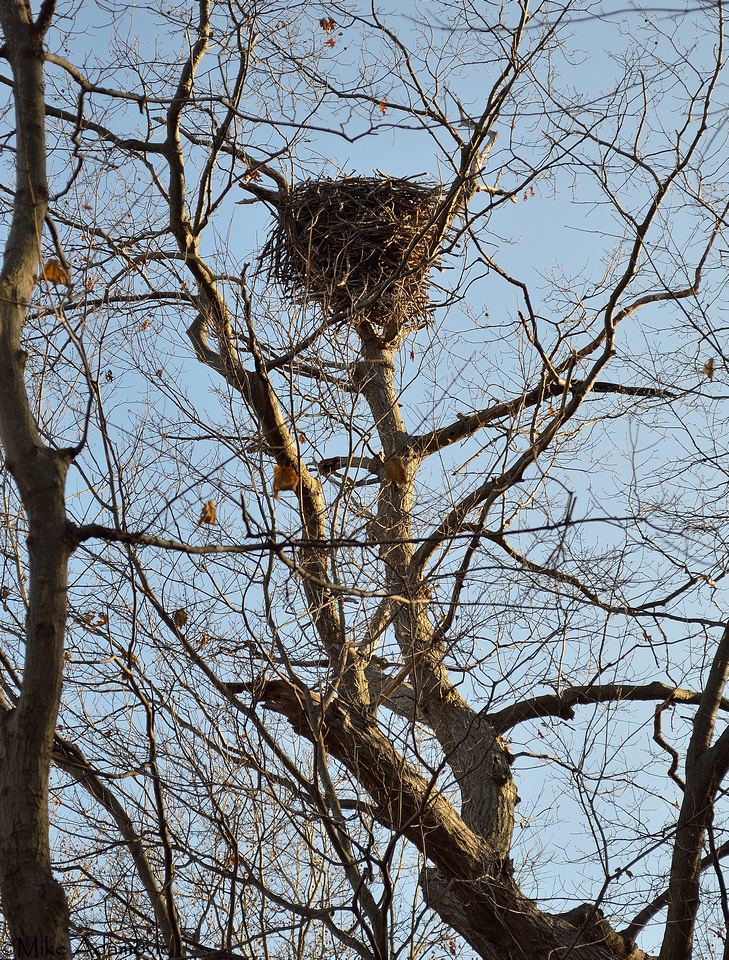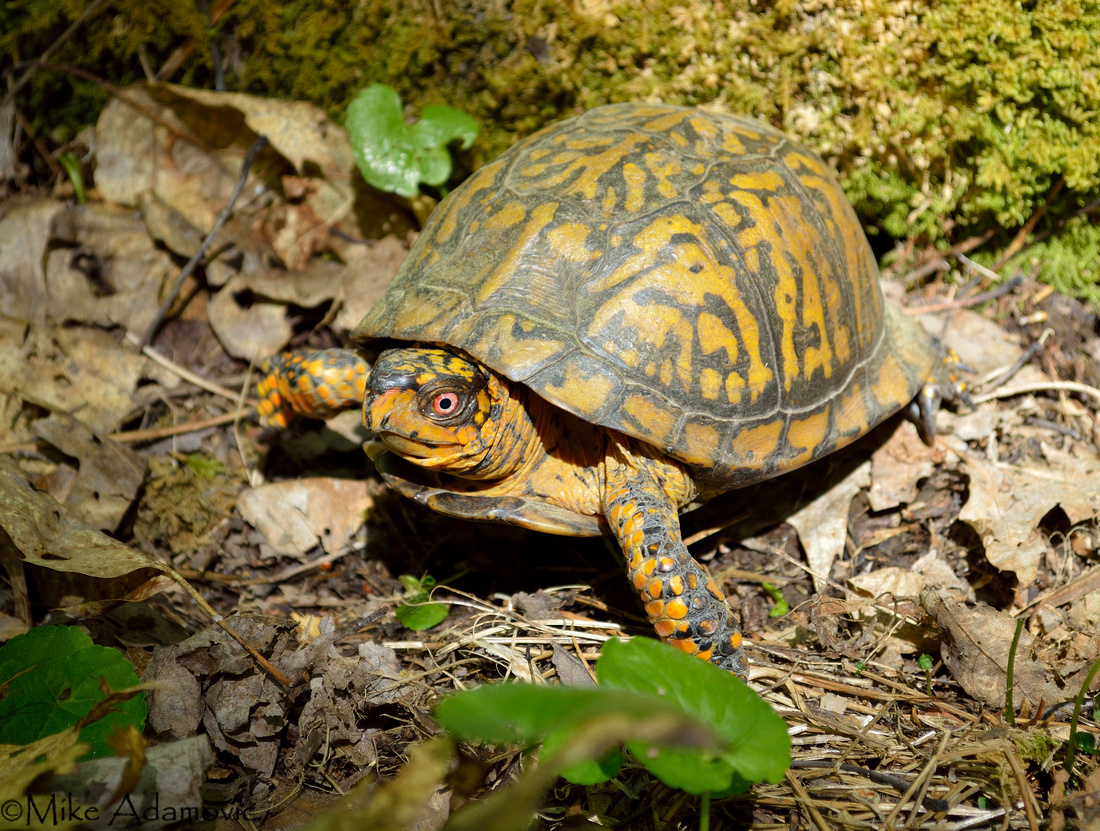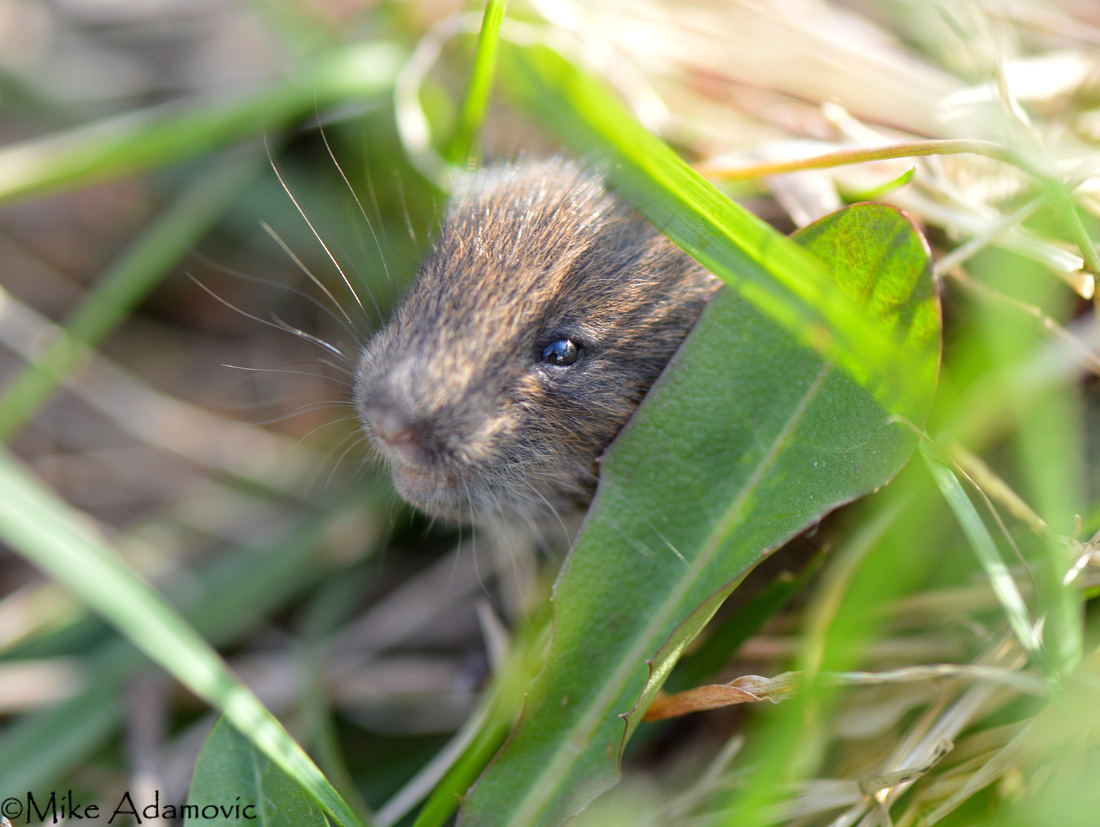Wildlife of Oak-Hickory Forests


Southern New York is dominated by Oak-Hickory forests, which as the name implies, are primarily composed of members of these two mast-producing genera. The nuts produced by various oaks and hickories are an invaluable resource that generously provides for the region's wildlife, and is the prime reason our forests boast such a prolific and eclectic array of species. Squirrels, of course, feast on them, but so do many other creatures. Turkeys, blue jays, raccoons, rabbits, chipmunks, and deer regularly browse on fallen nuts. Scratch marks and associated mounds of leaves often dot the understory in mature forests where hungry animals have rooted around in the detritus to uncover those meaty morsels that have become concealed by natural or deliberate means. Bears consume them as well; and in addition to scavenging those among the understory, can be seen in late summer and into early fall taking a more active collection method by ascending even the narrowest of trees to strip clusters of nuts directly from the branches. Seemingly cumbersome and awkward, bears are actually quite agile and appear to have little difficulty in their acrobatic endeavors. Snakes and raptors benefit indirectly from the nutty profusion by feasting on the hefty rodent population that abounds nearby.


Before an exotic fungus was accidentally introduced to the U.S. in the early 1900's, the American chestnut comprised nearly a quarter of the trees in what was then known as Oak-Chestnut forests. Tree mortality rate from the resulting blight was nearly 100%. And with this lethal invasive fungus still hanging around on chestnut root resprouts, these once lofty trees will probably never return as a canopy species. Far larger and meatier than most other nuts, the loss of the chestnut was a major blow to wildlife and radically reshaped the composition and health of our forests. For decades as the blight swept across the land, trees quickly sickened and toppled like dominoes within 2-3 years of infection, turning once robust ecosystems into skeletal versions of their former selves. Forests are still recovering.


Human short-sightedness almost also caused another cherished feature of America to forever vanish.
Up until relatively recently, spotting a bald eagle in the Hudson Valley, or anywhere in New York or the country for that matter was a rare sight indeed. Populations of our national icon began to precipitously decline during the first half of the 20th Century, a result of the use of pesticides flooded with the noxious chemical DDT. Primarily affecting the viability of eggs by thinning shells to fractions of their former thickness, DDT nearly wiped out these majestic creatures for good. But with this harmful substance finally banned in 1972, populations have rebounded significantly over the past several decades, and seeing one gliding gracefully overhead or regally perched among the uppermost branches of an imposing tree has become commonplace in some areas.


In February 2013, during one of several winter surveys I annually participate in to determine eagle abundance at various sites along the Hudson, I can recall counting slightly over 140 of these birds in a single evening as they retreated back to a roost site on an east facing mountain slope directly across the river from Peekskill. Though uncommon to have such a high density of eagles in one area, their numbers are plentiful enough overall for this species to no longer require protective status under the Endangered Species Act.
Though less emblematic than this rebounding raptor, other Hudson Valley wildlife may prove to fill us with a similar level of awe and respect if watched as intently. Far too often we only care because it's rare. We should appreciate and protect our natural resources when they are robust and thriving, and not, rather, only give them notice as they begin to slip away. The damage cannot always be reversed.



